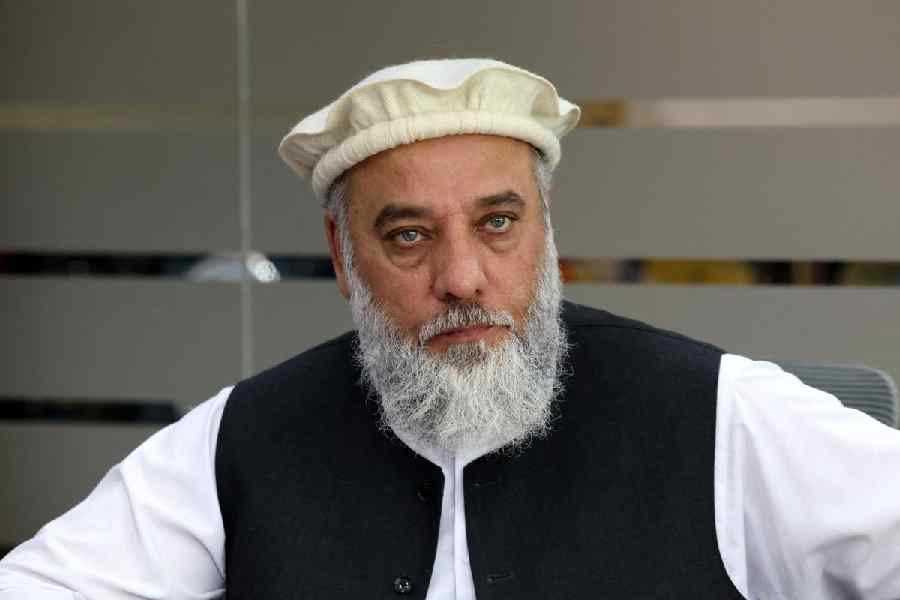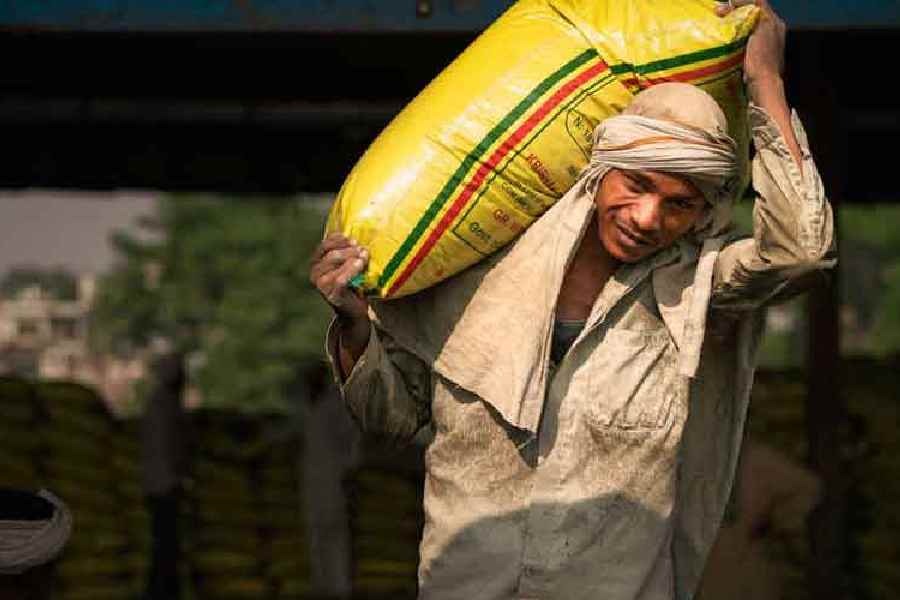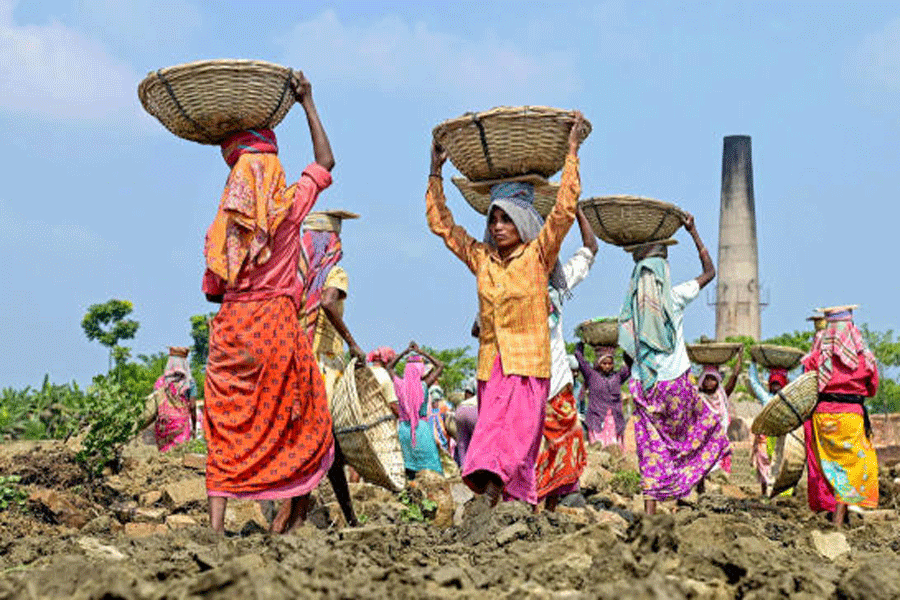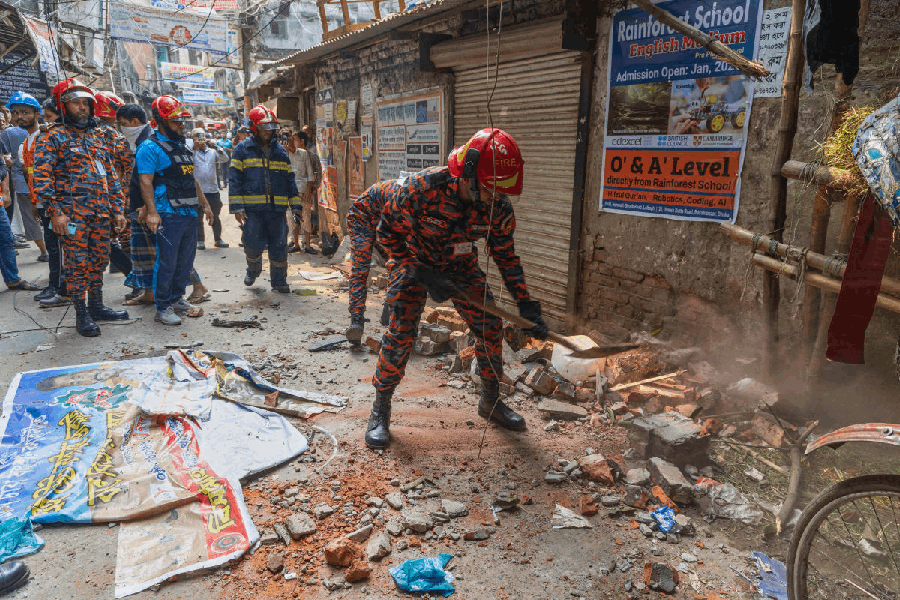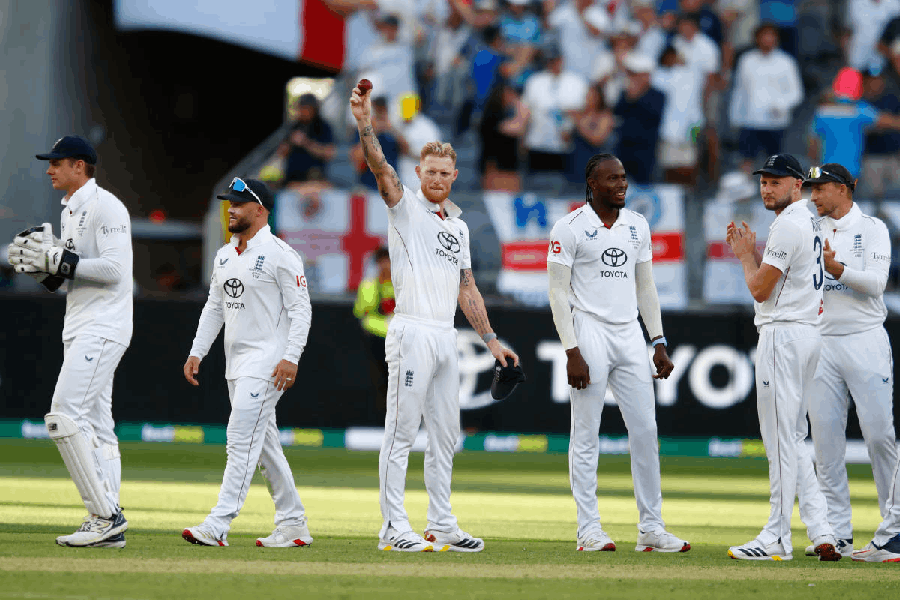In Saptaswa Basu’s Deri Hoye Geche, Anjan Dutt portrays a 66-year-old retired cop who lives a solitary life. Intelligent and self-assured yet shadowed by old regrets, he appears slightly unkempt and adrift, missing the warmth and order that domesticity once offered. In contrast, Mamata Shankar plays a homestay owner whose elegance and disciplined routine define her carefully structured world. The two cross paths again in Bolpur after 40 years — former lovers from the 1980s, brought face to face with the echoes of their past. A t2 chat with director Saptaswa Basu about the trailer of the film, which dropped recently...
How’s the feedback so far?
The feedback has been exceedingly positive. There is not a single negative comment about the trailer on social media, which is especially striking in this age of online criticism and a judgmental mindset. The romantic thriller genre gripped the attention of the viewer. People are praising the cinematography and style of the film. Anjanda and Mamatadi have acted in films together, and this one has been accepted as distinct and different from all of them. In this age of reels and constant bombardment of new content, creating a film trailer has been a challenge, and the response has been rewarding.
What emotional tone did you want the trailer to establish right from the opening frame?
I wanted to establish a tone of nostalgia, love, emptiness, and companionship and explore the themes of the circle of life and the five elements of nature in my film and its trailer. Right from the first frame of the trailer, the protagonist, Rishi is established as a character standing alone in a party full of people, the feeling of emptiness, the overpowering emotions and a trigger from the realisation of loss. The trailer builds up to finally meeting Sanghamitra after a span of 40 years, a nostalgic bridge between their love story set in 1980s Calcutta and the present time in Bolpur, Shantiniketan.
The tale weaves around the emotional vulnerability of two individuals with feelings of separation, rekindling of old wounds, betrayals, broken promises and unavoidable circumstances.
How did you use visual language to show the clash of these two personalities without giving away the plot?
I have maintained the visual tone of a bright love story. The arc of the narrative has a range of emotions, punctuated by music and has elements of suspense too. So I didn’t feel I should treat the visual strictly as a tragic or unfinished love affair. As a result, both the characters Rishi and Sanghamitra (played by Anjan Dutt and Mamata Shankar) have been presented as a dynamic duo.
While he is a tough cop, yet soft inside, not so much aligned with literature or music, she is a sophisticated lady, with a conservative and polished family background, a strong, independent woman running a homestay. I have tried to capture Rishi sometimes with a distorted lens, such as capturing a close-up with a wider lens and so on, to explore deep into the divided psyche of the lover turned encounter specialist.
Sanghamitra has been introduced with a lower-angle framing to establish her dominance and sense of strength. For years, she has been running her life independently and alone. The lighting scheme in the visuals provides a contrasting tone and is not diffused or soft. Although this is a classic love story, the “hero” and “heroine” are not presented in a typical manner to remain true to the fundamentals of the story and characters. She maintains her strong outer self but breaks down a bit inside. This kind of macroscopic view into the lead pairs’ psychology has brought out the distinction between the characters.
Which moment in the trailer do you feel best captures the shift in their relationship?
There are two moments which highlight the shift in their relationship, but keep the sense of the mystery intact. There is a scene where Rishi meets Sanghamitra after 40 years and gives a false identity of a history professor. Later in the trailer, we find Sanghamitra saying that she regrets that they got detached before and hugs him. This clearly shows the shift of the story arc from “acting as strangers” to speaking “heart to heart”. The trailer has been designed by MD Kalam in such a manner to highlight this shift, yet not reveal the outcome of the climax.
Why did you cut the trailer in a way that makes it feel like a thriller?
Deri Hoye Geche, which releases in theatres on November 28, has a unique story structure which switches from a love story to a suspenseful track in regular intervals. When the editor got a grip of the plot, written by Saptarshi Sen and Apala Chowdhury, he insisted on presenting the thrill angle in a layer with the love story. In terms of audience perception, people love a good mystery in the winter season — but there’s a catch. It needs the right balance: a compelling emotional story wrapped in intrigue. With that in mind, we made sure to retain the thriller elements in the trailer while still letting the warmth of the narrative shine through. The various shades of Anjan Dutt bring out this balance.
How did you build the trailer’s rhythm to mirror the emotional beats of the film?
The trailer has been built with a varying use of metronomes. It starts off with a retired cop who is alone at a party and he suddenly loses his temper. A slow reveal about his lost love and his journey takes place with sudden flashes of his past as a cop. Using bits and pieces of our songs in the trailer helped to balance the momentum. There is a sense of peace and serenity in the shots of Bolpur, whereas there is excitement and adrenaline rush in the chases, gun shots and police chamber cuts. It has been done intentionally to break predictability, not allowing the audience to settle in and get distracted by phone notifications. When we made the final cut, test audience members at the studio watched it at one go.


